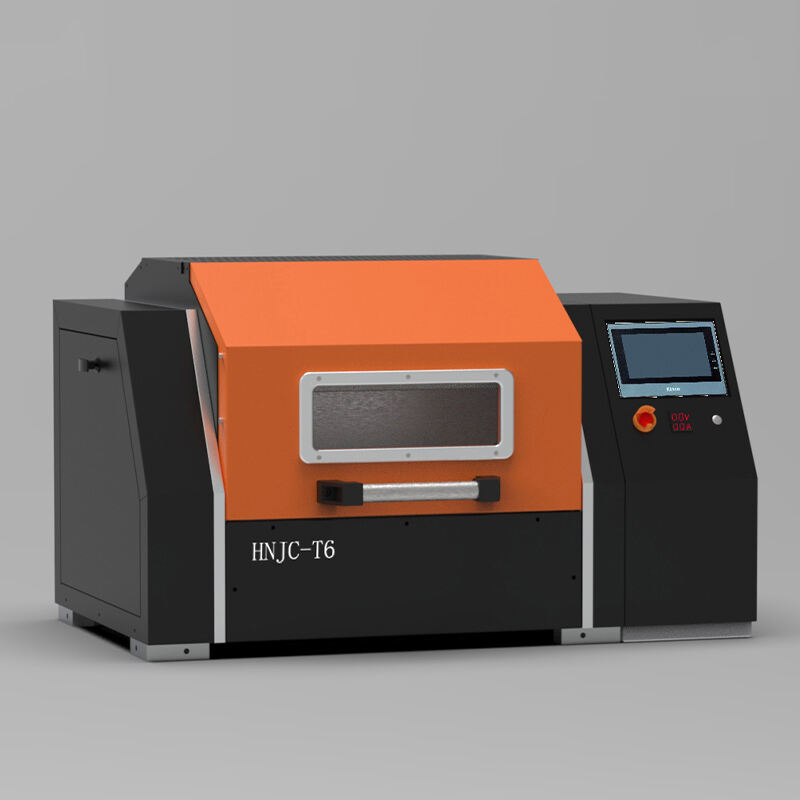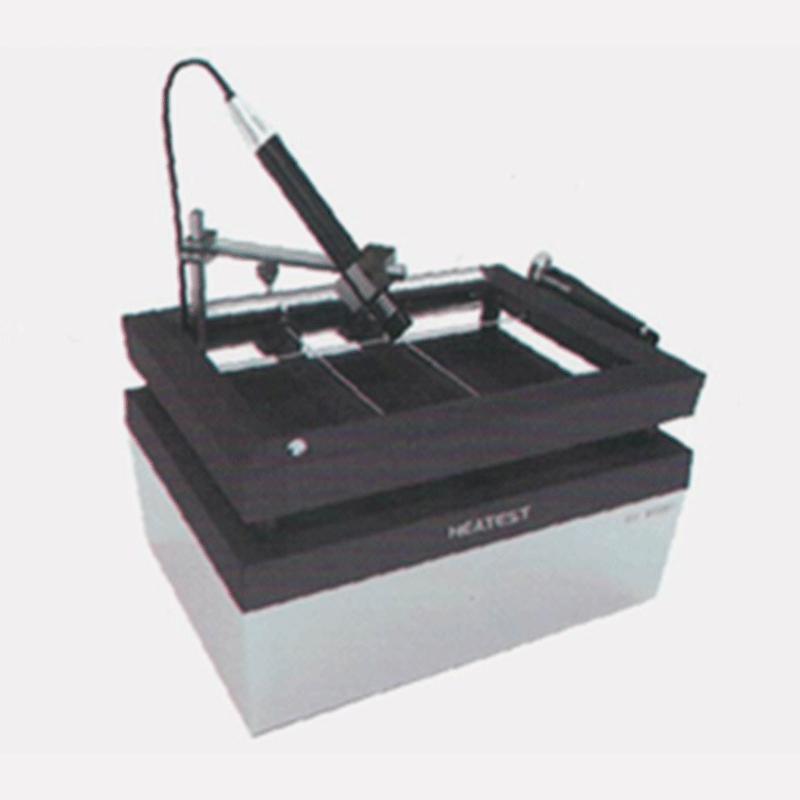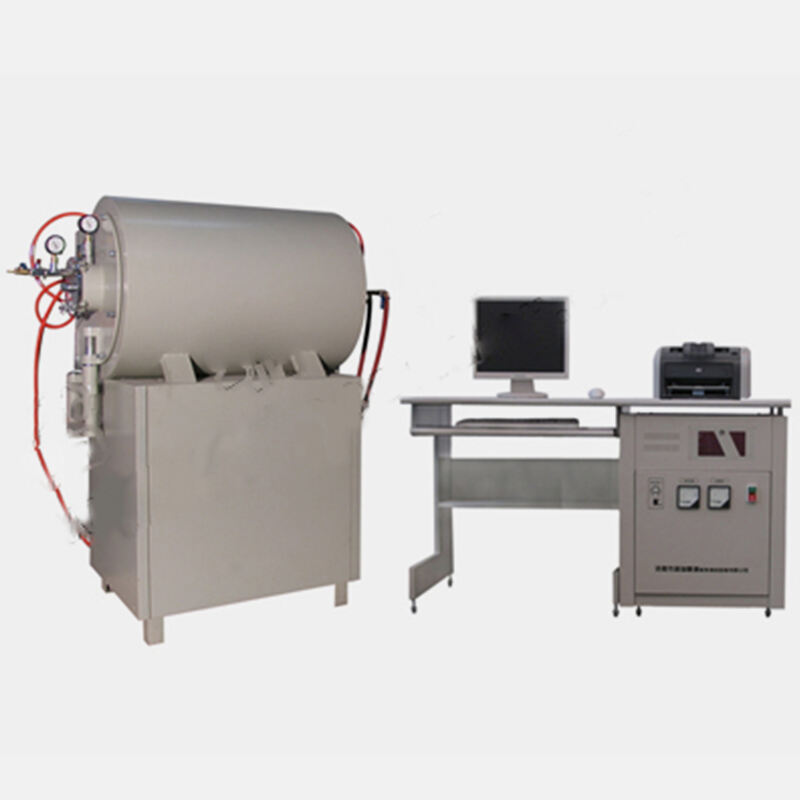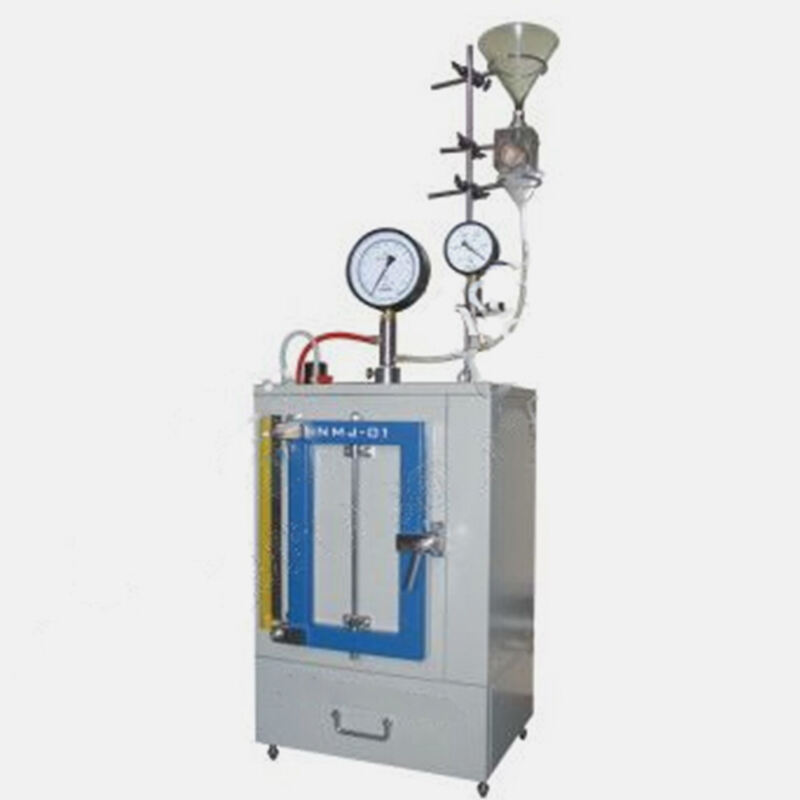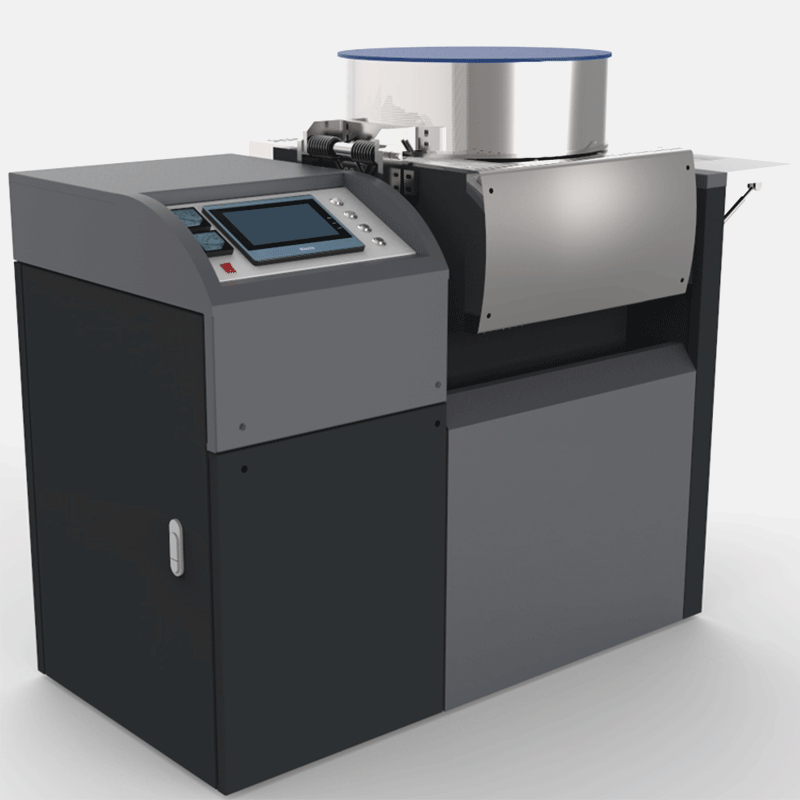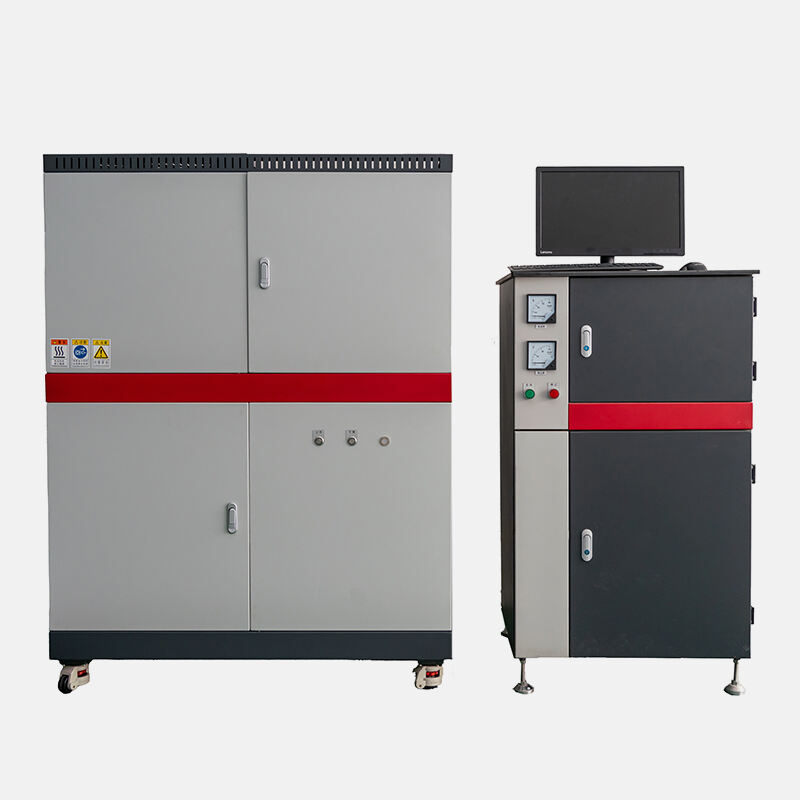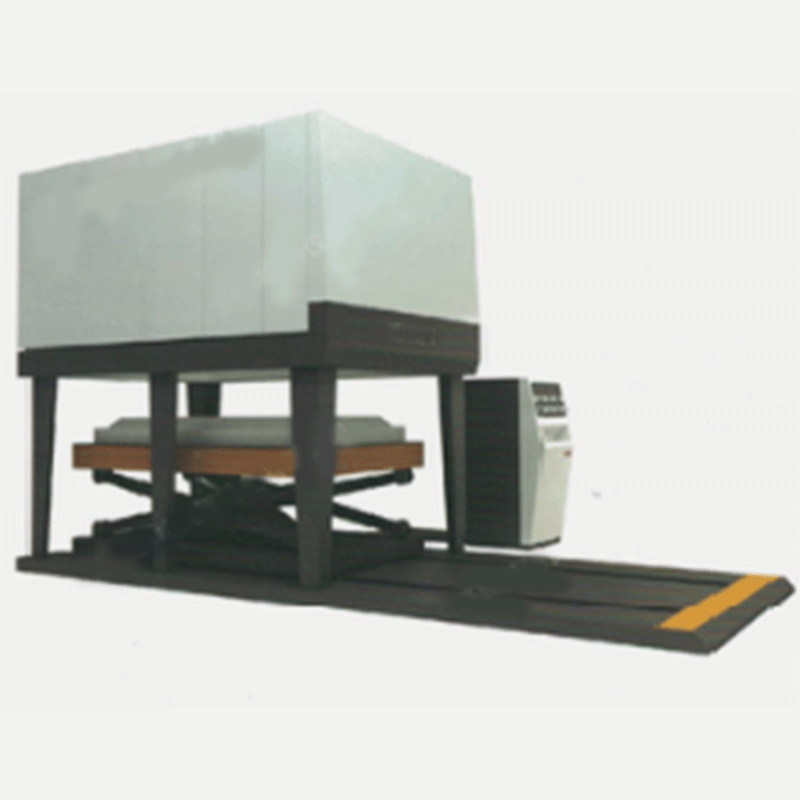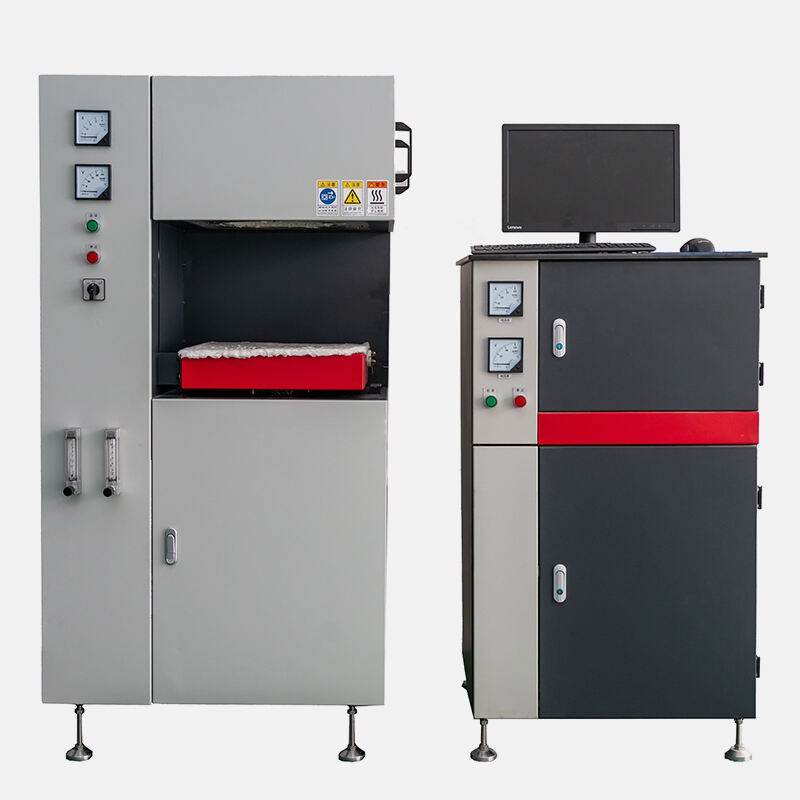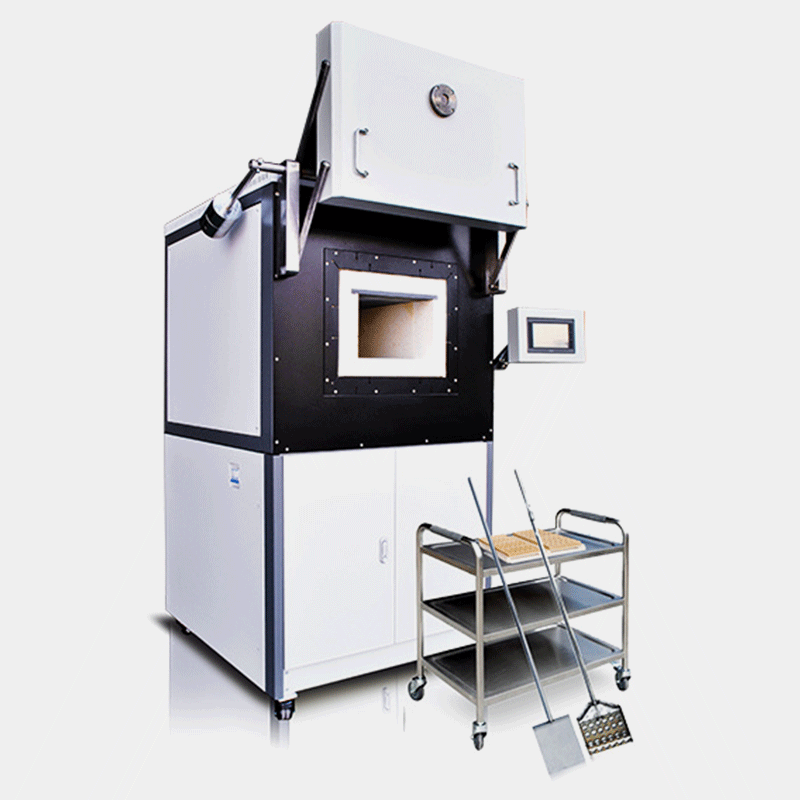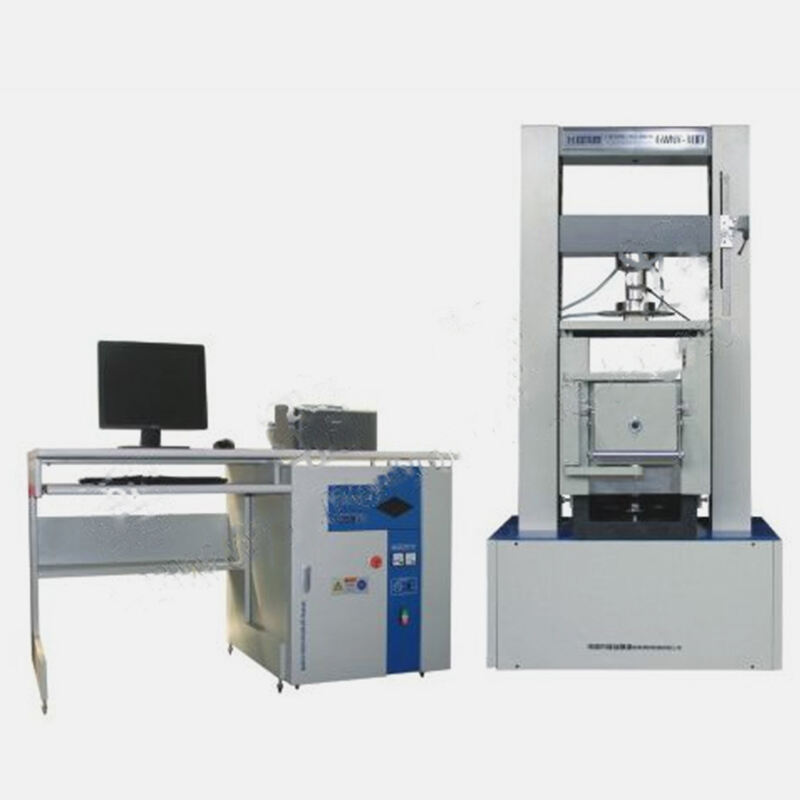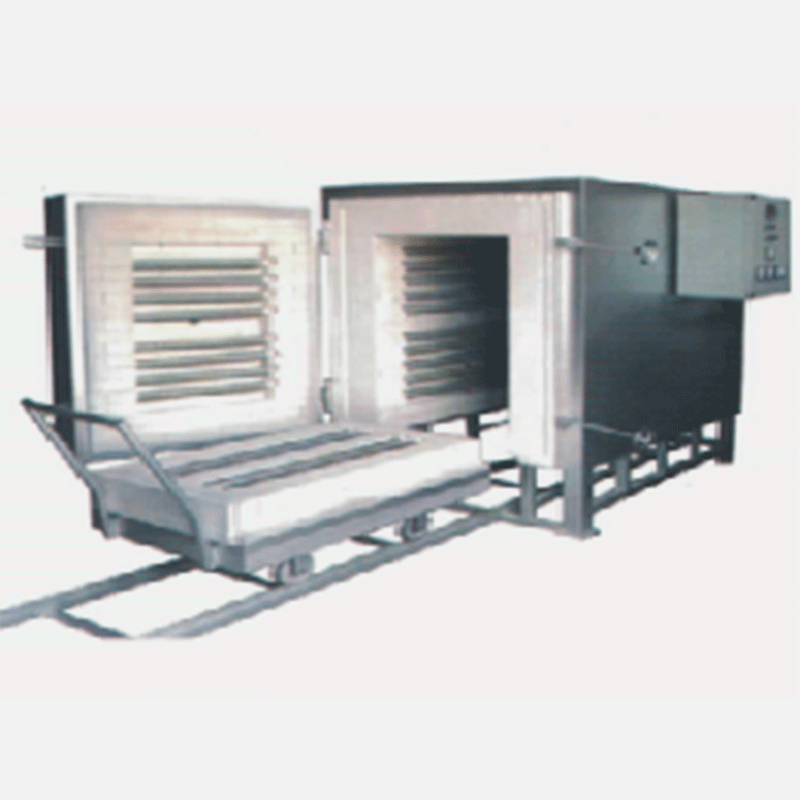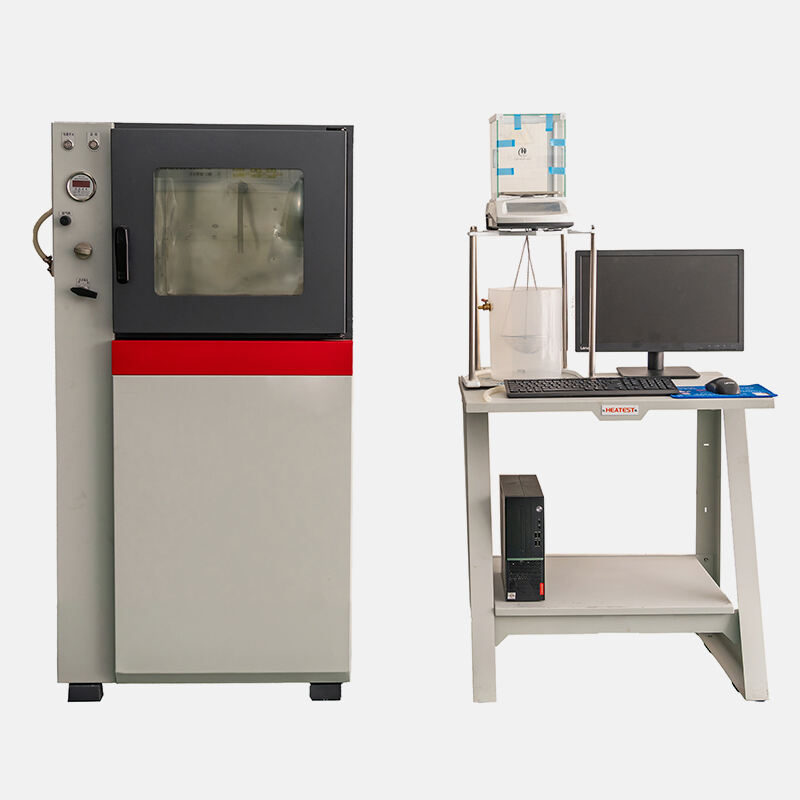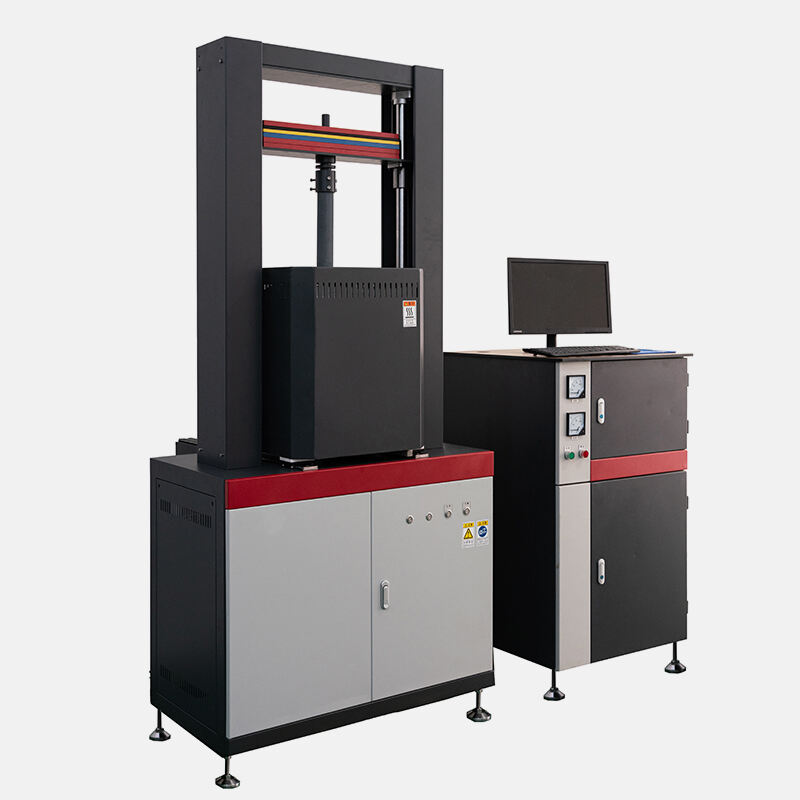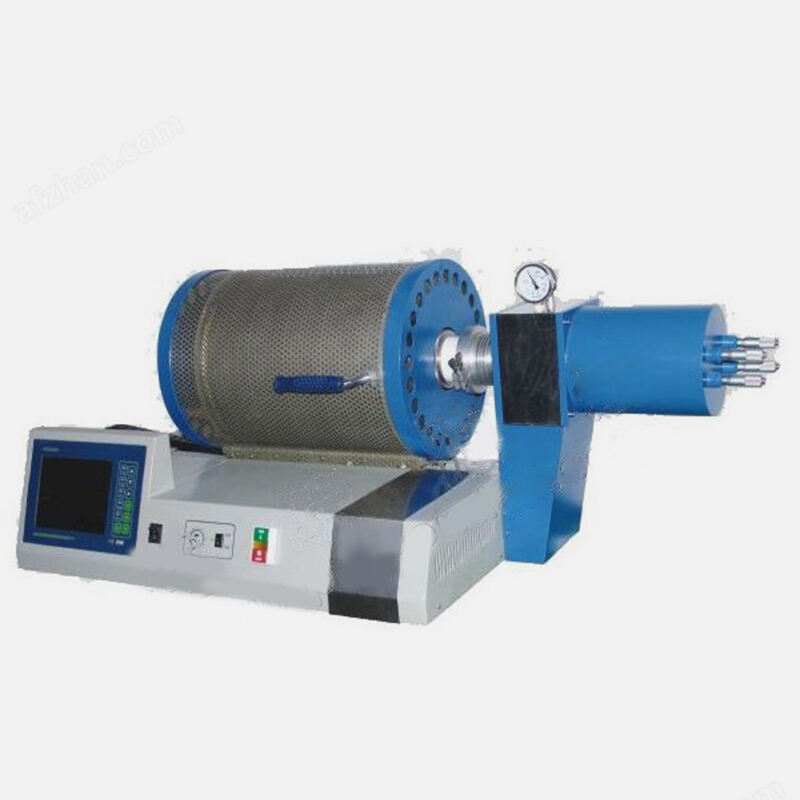Is it possible to use XRF melting sample for pure copper?
It is feasible to analyze pure copper using XRF (X-ray fluorescence spectroscopy) melting method, but the following key points should be noted to ensure the accuracy of the results:
1. Melting sample feasibility
Melting temperature requirement: The melting point of pure copper is about 1085°C, while the melting temperature of conventional fluxes (such as lithium tetraborate) is usually 900–1100°C. It is necessary to adjust the flux ratio or use a flux with a higher melting point (such as lithium metaborate) to ensure complete melting.
Oxidation risk: Copper is easily oxidized at high temperatures. It is recommended to melt in an inert gas (such as argon) environment or add a deoxidizer (such as metallic lithium) to prevent oxidation.

2. Sample preparation optimization
Flux to sample ratio: A flux dilution ratio of 10:1 to 20:1 is usually used to reduce the matrix effect while ensuring uniformity.
Improved fluidity: Adding a small amount of nitrate (such as lithium nitrate) or ammonium iodide can improve melt fluidity and reduce bubbles and crystallization.
3. Matrix effect correction
High-purity matrix effect: The main element (Cu) in pure copper may mask the signal of trace elements. A calibration curve needs to be established using a standard sample that matches the matrix.
Instrument calibration: Matrix interference is corrected by the empirical coefficient method (EC) or the theoretical alpha coefficient method (FP).
4. Comparison of alternatives
Non-melting method: If only surface composition analysis is required, the sample can be directly pressed or tested after polishing, but it may be affected by coating or contamination.
Other technical supplements: For ultra-low impurities (such as ppm level), it is recommended to combine ICP-OES or GD-MS to improve sensitivity.
5. Practical application suggestions
Standard sample selection: Certified copper-based standard materials (such as NIST series) are preferred for calibration.
Verification experiment: After melting the sample, observe the uniformity of the glass sheet under a microscope, and evaluate the accuracy through repeated tests.
Conclusion
The XRF melting method of pure copper is feasible, but the melting conditions (temperature, atmosphere, flux ratio) need to be optimized and the matrix effect needs to be corrected in a targeted manner. For high precision requirements, it is recommended to combine standard samples and instrument calibration methods, or to verify the results with other analytical techniques.
Recommended Products
Hot News
-
Working principle and application range of ambient temperature abrasion tester
2025-11-07
-
The main reagents used in fire assay and their functions
2025-10-13
-
Let you know about fire assay ash blowing furnace
2025-09-23
-
Refractoriness under load (RUL) and creep in compression (CIC) testing machine common troubleshooting
2025-08-25
-
How to use X-ray fluorescence fusion machine in refractory industry?
2025-08-18
-
What materials are suitable for high temperature muffle furnace testing?
2025-08-14
-
Working together to create a better future: Indian partner Ants Prosys visits JZJ Testing's production base
2025-08-04
-
Automatic mold melting machine - innovative equipment to improve experimental efficiency
2025-07-22
-
Operation method and precautions of high temperature expansion instrument
2025-07-14
-
Function and use of refractoriness test furnace
2025-07-01

 EN
EN
 AR
AR
 BG
BG
 FR
FR
 DE
DE
 HI
HI
 IT
IT
 PL
PL
 PT
PT
 RU
RU
 ES
ES
 TL
TL
 IW
IW
 ID
ID
 UK
UK
 VI
VI
 TH
TH
 TR
TR
 FA
FA
 MS
MS
 UR
UR
 BN
BN
 KM
KM
 LO
LO
 PA
PA
 MY
MY
 KK
KK

